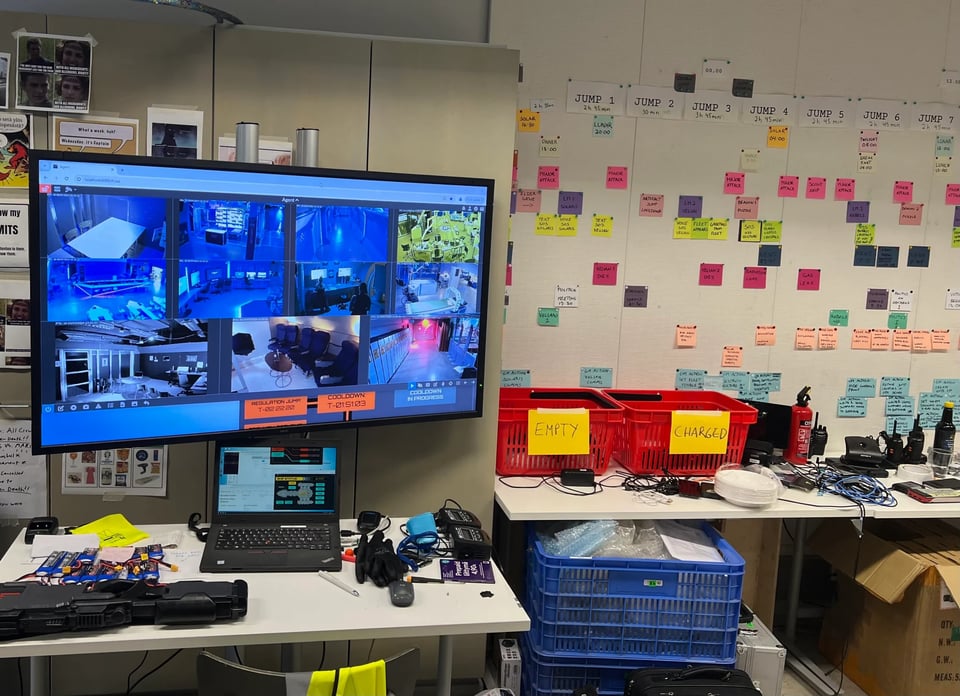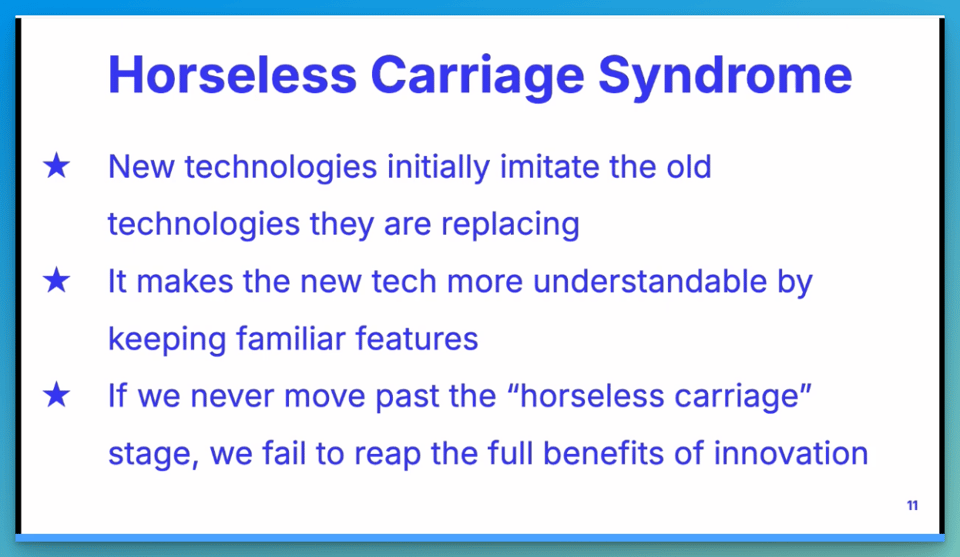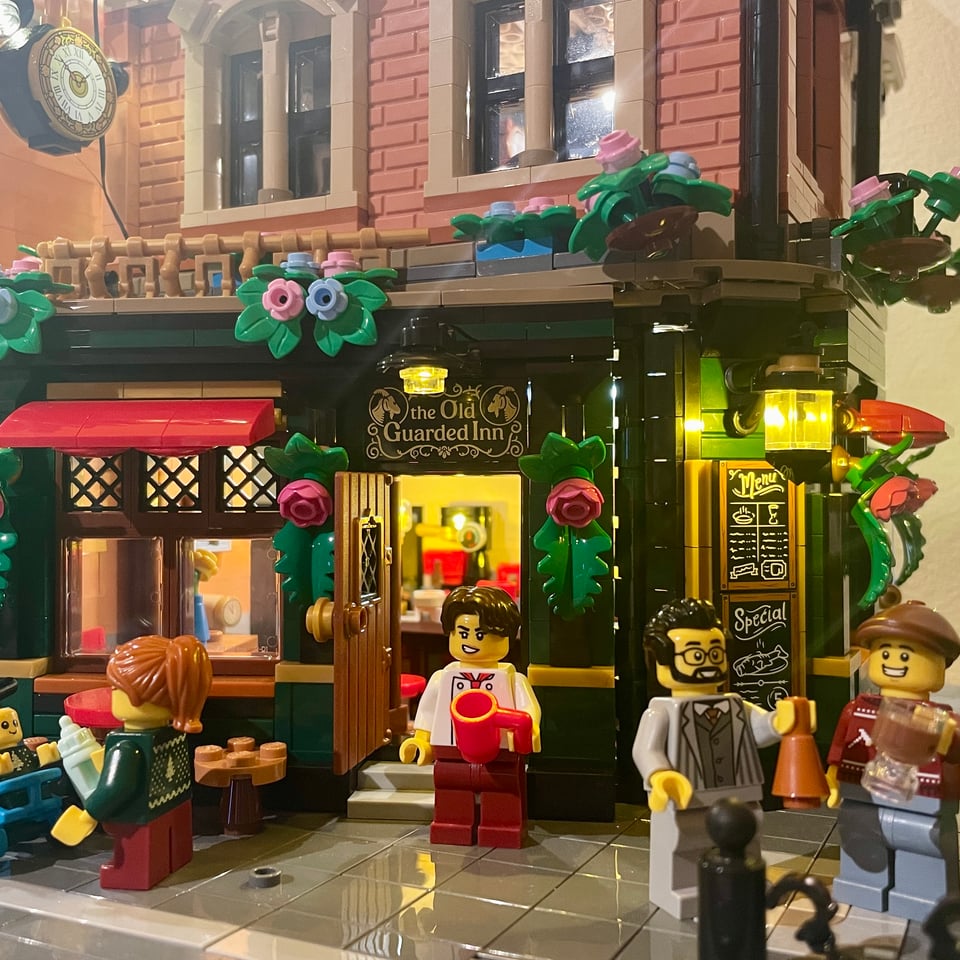I came across this article about Odysseus, a Finnish sci-fi larp (via the Rec Center). Now, here is where I instantly need to confess something. I spend all my time hyping up fans and fandom. My whole ethos (and the name of this newsletter) is “what you love matters” — regardless of what the object of fannish attention is. But despite this I have to confess that I still hold this horrible, biased notion in my head that live action role-players (larpers) are … just weird nerds running around the woods with foam swords.
This is TERRIBLE. I hate admitting to this. I’ve swallowed exactly the same diet of propaganda that assumes all Kpop stans are hysterical teens and all comic book fans are basement-dwellers: the very propaganda I rail against.
In fact, the only reason I clicked on the article about Odysseus was because the larp was based on the Battlestar Galactica episode “33”, an absolutely phenomenal piece of television in which the increasingly exhausted crew must execute a faster-than-light jump every 33 minutes, for days, to escape the Cylons. But I’m not gonna lie, Odysseus sounds incredible:
Over two hundred volunteers worked on the larp…transform[ing] an elementary school into a sprawling spaceship complete with mess hall, bar, ops room, science and medical bays, jail, and hangar. The gameplay and story design was equally ambitious. Custom open source software was written to power Odysseus’ combat and engineering hyperdrive jumps, RFID-scanners, internal message board, and livestreaming drone videos for away missions. Every player character was unique, supported by over 300 NPCs, their activities as doctors, criminals, soldiers, fighter pilots, terrorists, and politicians meshed in intricate “clockwork” gameplay.
Although, I was immediately more drawn to the backstage stories and the logistics, imagining how this crew of people brought such an incredible experience to life. As my friend Adam said when we were discussing it, “I know, for a fact, I’d much prefer to run one of these things than participate.”

Through the Odysseus article I found myself reading about Eclipse, a fully commercial sci-fi larp based loosely on Interstellar and The Arrival, in Poland.
Thirteen gigantic domes connected by glass and plexiglass passages. A venue built as an immersive set for major sci-fi film productions. Set up down to the last detail like a real space station with a total area of 18,000 square metres. Fingerprint-activated pneumatic doors, terminals, hundreds of realistic working scenographies.

It occurred to me that this was more or less identical to (and in fact probably more ambitious than) the wave of immersive theatre productions we’ve seen rise and fall in popularity over the last decade or more. Groundbreaking productions like Punchdrunk’s Sleep No More, and Third Rail’s And Then She Fell took audiences into fully three dimensional worlds. And they revealed a little something about my own personality. Attending those productions, I absolutely loved wandering my way through those magical spaces, and I absolutely did not want to participate. For me, being singled out by an actor was akin to being heckled in the front row by a comedian doing crowd work. But for many immersive fans, the opportunity to be taken into a side room for a solo scene was the pinnacle of the experience. And a larp is just the logical evolution of that urge. Why, then, is immersive theatre a bougie darling, and larping “nerds with foam swords”?
I’d sort of forgotten I wrote about exactly this for Culture Vulture last year in the context of the phenomenal popularity of Sarah J Maas’ ACOTAR series. Fans of the books were buying tickets to attend balls, where they dressed up as fae and actors cosplayed as key characters.
And I couldn’t help thinking it would be sort of cringe, wouldn’t it? Dressing up in a ball gown and donning elf ears to hang out with people acting like your favourite book characters? But of course it isn’t cringe. It’s absolutely no different than the thousands of people who flock to London’s Secret Cinema - surrounding themselves in the worlds of Grease, James Bond, or Bridgerton. Or puzzle their way out of a Sherlock Holmes escape room... They’re all events designed to transform us for a day into participants in fictional worlds, with all the fidelity of renaissance fairs or civil war reenactments.
Once again, I’d fallen victim to the hierarchy of cool.
Recently, the London run of experimental production You Me Bum Bum Train (apparently you find out why it’s called that during the show, but I can’t help you) created a ticketing frenzy and is solidly sold-out.
“Bum Bum Train” turns the dynamics of theatre on its head. Instead of many audience members watching a smaller number of performers, a cast of hundreds faces an audience of just one. (About seventy-five people see the show on any given night, one after the other.) Participants, called “passengers,” move on their own through a series of real-world scenes—a doctor’s-office waiting room, for example, or a crowded train—in which they must quickly discern what is happening and respond. To add to the precarious nature of this enterprise, the cast is made up entirely of volunteers who could walk off the set at any point.
Participants sign an NDA promising not to reveal what happens. Neil Patrick Harris claims it changed his life. While you can’t get tickets any more you CAN volunteer (although honestly both sides of that coin feel like a theatresports nightmare to me).
I’m also fascinated by the commercial dynamics of all of this. If you haven’t watched Jenny Nicholson’s incredible YouTube essay about Disney’s ill-fated immersive hotel experience Galactic Starcruiser, you’re missing out. (Yes, it’s four hours long, and worth every minute). And it seems that the word “immersive” is now being slapped on any instagram-targeted “experience” regardless of quality — as perfectly captured in this piece: A fool walks into a $38 space-themed ‘experience’ in SoHo:
But even by the time the giant, genderless celestial with flowers over its crotch appeared on screen on the first "planet," I knew that my gut had been correct. That visual was giving me nothing. A real performer stood nearby, covered in fake ivy. They made no attempt to conceal their stilts, whose rubber feet stuck out in an utterly undignified way. A sign that promised infinity just led to yet another Instagram alcove, a room with a guest vaping and walls covered in televisions playing the same loop of white dots that didn't even look like stars.
Honestly, now that I think about it, give me a foam sword in the woods with people who actually care any day.
more good stuff
If you liked last week’s newsletter about the ISS, you’ll love this YouTube essay from construction channel B1M, which goes deep and nerdy about how the ISS was made and how it will be deorbited at the end of its life.
If you’re not yet watching The Pitt, you should be. This interview with Noah Wyle, who is back in the ER and back at his Emmy-winning best, is great.
If you’re missing Severance, you can visit the real life Lumon HQ, Bell Labs — an Eero Saarinen masterpiece in New Jersey that was the first office building to use mirrored glass.

I can’t stop thinking about this talk by Rudy Fraser, the founder of Blacksky, at ATmosphere (an ATproto conference) this week — he uses the metaphor of horseless carriages to highlight that some of the new technologies we’re building currently rely on imitating what we know.

Rudy argues that Bluesky is a skeuomorphism — we understand it because it looks like Twitter — but we’re building on a whole new structure and we need to eventually move beyond that to empower communities and individuals.
finally, in my lego city

If you enjoyed this, pass it on. I absolutely love hearing from people, so if you’ve seen something you think I’d like, let me know.
You just read issue #13 of what you love matters. You can also browse the full archives of this newsletter.

Add a comment: